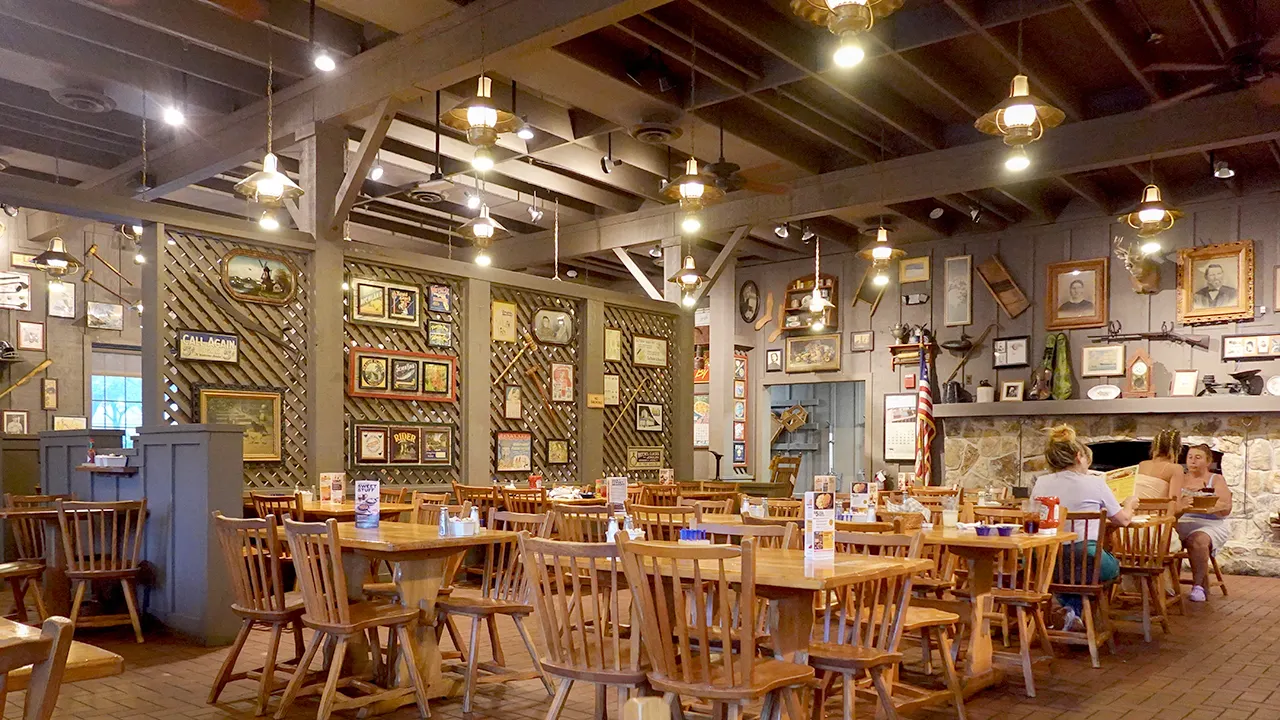
The disappearance of several young women in a concentrated area of northern Maine has rattled locals as the days, months and years tick by, with nearly every lead hitting a dead end.
Remote homes and cabins, often along unpaved and deeply potholed roads, dot this remote area of Aroostook County just miles from the Canadian border. Situated roughly north of Caribou, it’s blanketed in acres and acres of dense wilderness, with access to fuel often limited to one or two pumps at small convenience stores advertising bear bait and other goods along Route 161.
There is no public transportation, and it can be days before a single car travels down certain roads. For those residents who are following the cases of the missing women, the desolation often intensifies the fear.
During a recent interview, the father of one of the missing — teenager Stefanie Damron — said it’s like she vanished into thin air.
State and federal law enforcement officials have shared little with the public about the cases. But in the absence of any concrete information from authorities, unproven theories have abounded across social media platforms.
Some speculate the cases could be related to drug crime or sex trafficking across the international border with Canada, while others fear a serial killer. Some accuse police of not taking missing person cases in the state’s most remote regions seriously. There is fear that abductors could escape undetected along forest-hidden ATV trails that span from northern Maine to Rhode Island.
Maine currently lacks a comprehensive missing person’s list, but according to national data, Aroostook County has eight missing people, which is tied with Washington County as the sixth highest number in the state. The largest numbers of missing people are in more populous parts of the state: 24 in Cumberland County and 21 in York County.
Far fewer people live in a rural place like Aroostook County, which has contributed to the widespread attention to the recent cases. Some local women said they now carry personal protection when they go out alone. Others have shared that they no longer walk Aroostook County’s remote roads and hiking trails because they are afraid.
Two of the women — Attiin Shaw and Stefanie Damron — went missing three years and 10 miles apart. A third, Tomis Hoyt, disappeared this past July and remains unaccounted for.
Her sister, Rici Hoyt, told the Bangor Daily News that she does not believe the cases are related.
Many have taken to Facebook, TikTok and Instagram to openly discuss the cases and give advice for other women.
On one widely followed Presque Isle-area Facebook page, a user recently set up an informal poll asking how many people thought women in the County were being abducted: most of the more than 300 respondents said they were.
Calais resident Kate Dyer has posted videos about the cases on her popular TikTok account, Mainely Kate, which has almost 7,000 followers and some 132,000 likes. In an interview, she said many locals are quick to point fingers at family members, but there are others who think these cases are underreported and underinvestigated by police.
Dyer noted that each of the three people who have gone missing in recent years had been on the margins of society in different ways. For that reason, she questioned whether police have taken them “as seriously.”
Dyer highlighted fliers that Hoyt’s family posted indicating she was diagnosed as bipolar and has a history of addiction. And Dyer noted that Shaw had immigrated to the U.S. from Indonesia, while Damron’s family lives an off-grid lifestyle.
On Monday, Stefanie Damron’s parents called on police to change course on their search and make national or state television appearances to talk about their daughter, who vanished one year earlier on Sept. 23, 2024 at the age of 13, after she ran into the woods at their home.
In Attiin Shaw’s case, former Washburn police officer Hunter Bellanceau told a BDN reporter earlier this year that the initial missing person report was not taken seriously enough. Inconsistencies in the original investigation led Bellanceau to ask the Maine State Police for help in 2023.
Shaw, 33 at the time she went missing, is a mother of four. She walked from her Washburn home in September 2021 and was never seen again.
In Tomis Hoyt’s case, her sister Rici Hoyt has said on Facebook that the family searched every ditch and roadside between Washburn and Blaine. They also searched their old place in Fort Fairfield, checked leads in Mapleton and questioned random women walking alone.
Hoyt, 36, was last seen on Robinson Road in Mars Hill on July 13. Investigators from the Aroostook County Sheriff’s Office told her sister that Hoyt may have taken a bus out of town, her sister said on Facebook.
“That’s not possible. She had no shoes, no ID, no phone, no bus ticket,” Rici Hoyt said. “She couldn’t have gotten on a Cyr bus like that. Something isn’t adding up.”
Hoyt’s case has since been turned over to the Maine State Police Major Crimes Unit North, according to Maine Department of Public Safety spokesperson Shannon Moss.
“Detectives continue to investigate and follow up on leads,” Moss said about the three cases.
Dyer said that she first began posting about the cases on TikTok after she saw information about Shaw’s disappearance three years after she went missing and grew concerned about the lack of attention.
“It blew-up overnight,” she said. “I realized I was getting all these comments and maybe I could bring attention to more missing Mainers.”
In late August, Dyer headed to Washburn to post dozens and dozens of fliers about Damron, Shaw and Hoyt, which had been donated by a Presque Isle print company, according to Dyer.
“Contact the Maine State Police, journalists, senators, representatives, hang posters, say their names,” she said to followers. “Help me be their voice.”
But nearly as fast as her posters went up, someone tore them down, leaving only Stefanie Damron’s fliers intact, Dyer said.
Kara Mjskarebear, a resident of coastal Maine who advocates for missing people on a Facebook page called “MissingAndUnsolvedInMaine,” said in an interview that the power of sharing is immense.
“It really helps to get the word out as fast as possible,” Mjskarebear said. “It only takes one second to share, and it just could be what brings the missing home.”



